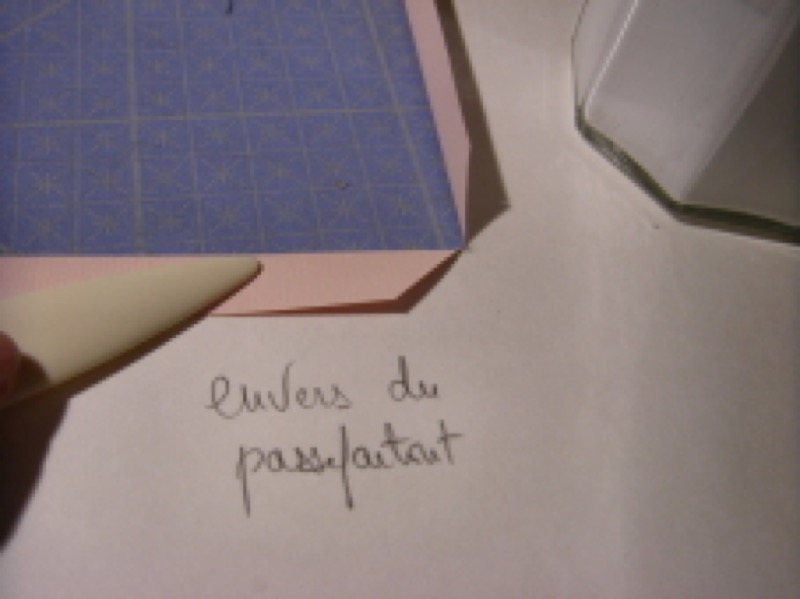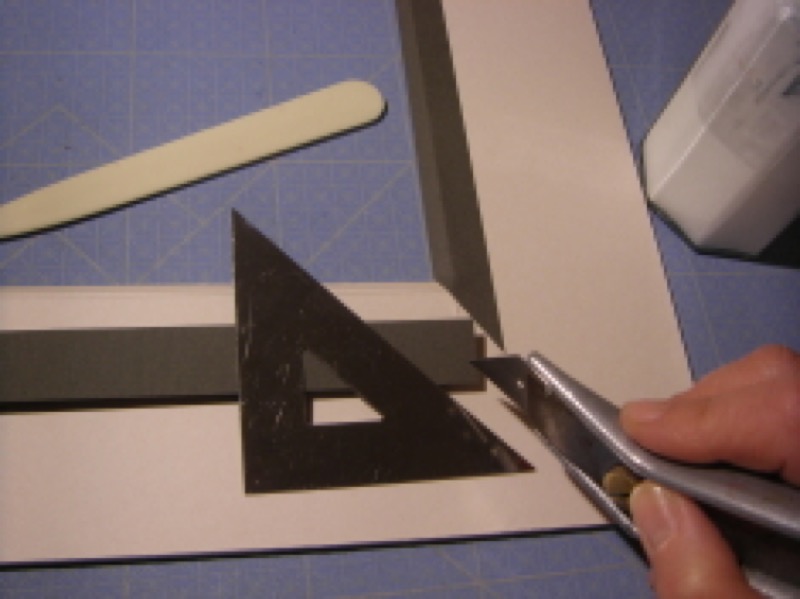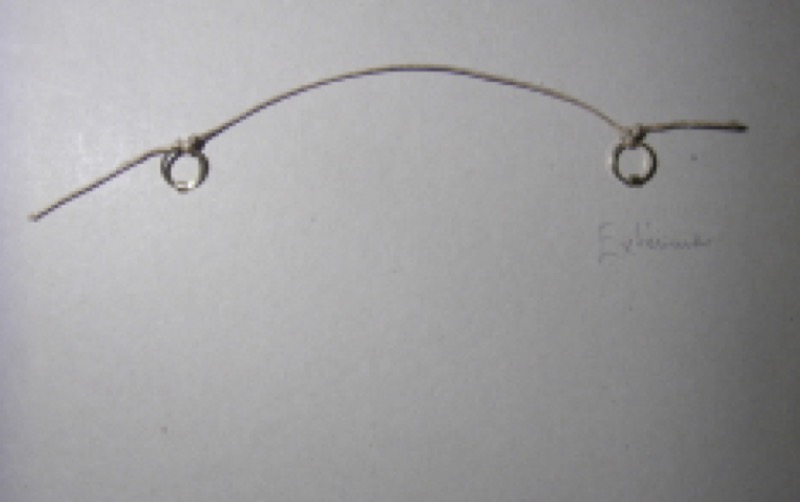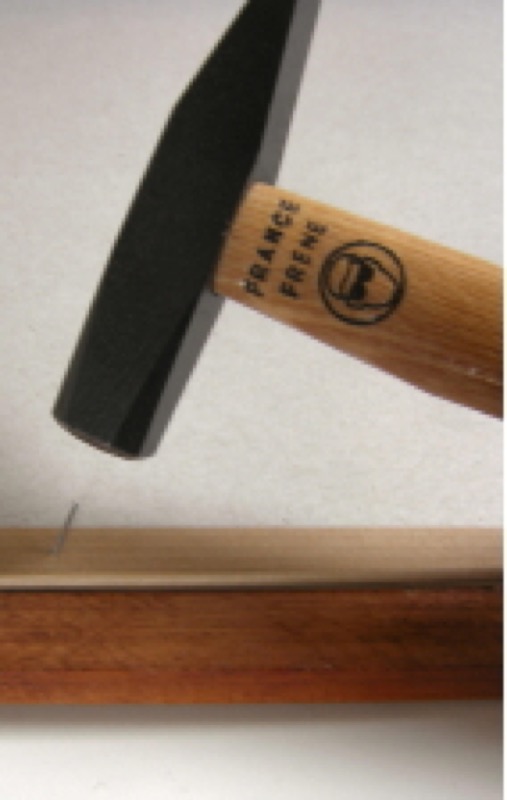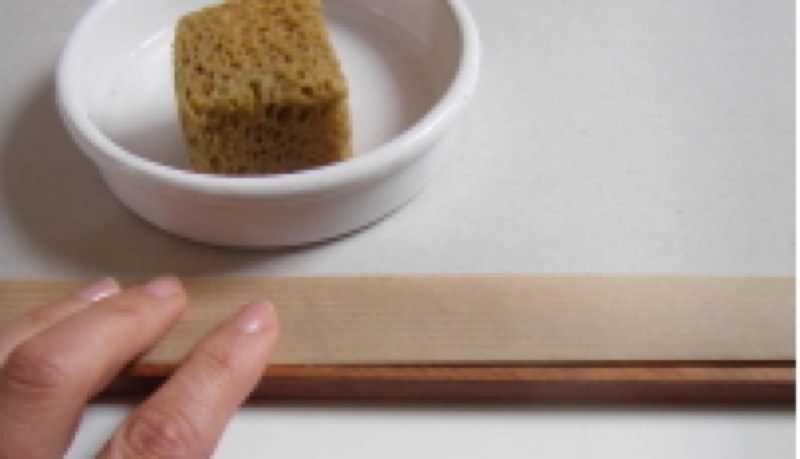Time of execution: 4 h Level: beginner Author: Anne Marlangeon
The English bevel, a traditional framing technique, is easy to do. This bevel, also called a 45° bevel, is suitable for all types of images. It will add classical, elegant charm to your decor. A sure bet: photos, drawings, watercolors and other items will be displayed to advantage!
Materials
- Canson papers and cardboard: 1 Canson 3 mm (Ph neutral) backing board, 1 3.5 mm thick mat board, 1 0.8 mm thick paperboard, 2 sheets of color paper (50x 65 cm format)
- Tools: 1 mechanical pencil, 1 angled cutter, 1 heavy-duty T-square, 1 steel rule, 1 45° mat cutter, 1 bone folder, 4 clips, 20 brads
- Assembling: 2 rings and 2 narrow metal strips, 1 roll of thin cord, 1 strip of adhesive Kraft paper, 1 strip of Ph neutral adhesive Kraft paper, 1 assembled molding, 1 pane glass, vinyl adhesive, 1 glue brush
- Accessories: 1 cutting cardboard to protect your work surface; 1 board, some blotters and cast iron weights (or some sufficiently heavy manuals…), to use as a press



